Evan, our Sample Size of One, self-experimented with five popular sport drinks.
Evan’s routine was to wake up at 530am and before 6am consume 50 grams of one carbohydrate energy product mixed with 350ml of water. Evan then rested for two hours and observed his glucose levels with a Dexcom 5 continuous glucose monitor. For more information about the glucose monitor please visit the first blog in this series. Click here.
Each product was consumed once and at least 24 hours apart from one another.
Why 50 grams of carbohydrates?
Consuming 50 grams of carbohydrates is a standard clinical trial amount. We understand the quantity will vary for each person when training, and the recommendations from the sport energy companies will also be different recommended amounts.
What carbohydrates were contained in each product?

Here are the results shown in line graphs.

Observations:
- All sport drink products moved above 7.5 mmol/L and declined
- The drop in glucose levels from the insulin response varied from each product
- Peak glucose levels occurred approximately 60 minutes after consuming the product
What does this tell us?
These readings tell us Evan’s glucose and insulin response for each sport energy carbohydrate product at rest. It’s important to note, these products may vary in response for person to person. There are a number of limitations to our Sample Size of One, however, this self-experiment provides a small snapshot about how Evan’s body responds to each product.
What’s the difference?
UCAN SuperStarch had the lowest glucose response.
Why does this matter?
If the carb doesn’t significantly fluctuate or raise blood glucose or insulin, then metabolically, your body should be using a combination of energy sources of fat and carbs.
Low-Carb, Keto or Fat Adapted?



